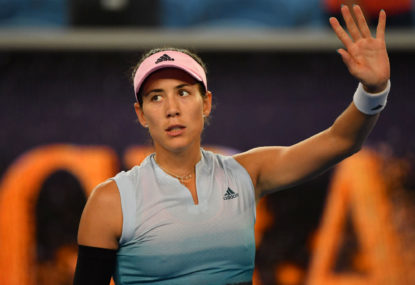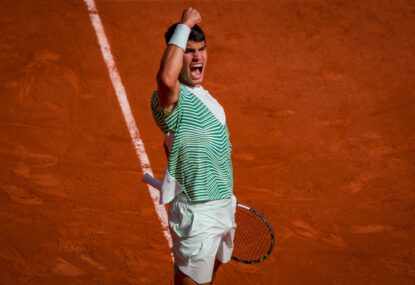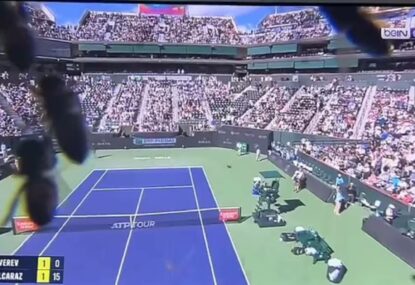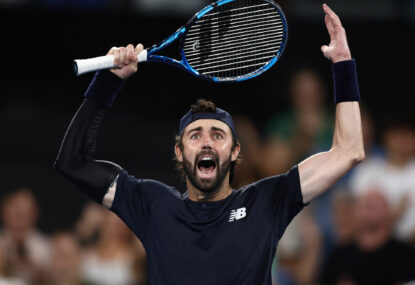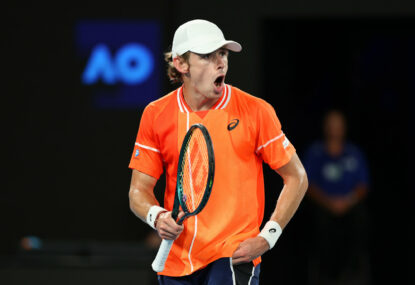The Grand Slam season is over for another year, and while Novak Djokovic and Naomi Osaka took home the men’s and women’s US Open titles respectively, all the talk continues to surround the controversy and drama that was the women’s final.
In what can only be described as one of the most controversial Grand Slam tennis matches for quite some time, Osaka’s vanquished opponent, Serena Williams, copped three code violations, all in the second set, for a range of offences which would cast a huge shadow on the remainder of the match.
The first came after she held her first service game to start the second set, whereby the American appeared to be responding to some sort of communication from her coach, Patrick Mouratoglou, who admitted post-match that there was some form of coaching going on.
The second came at 3-2* up in the second set for racquet abuse, after she had committed an error during the previous game; this saw her start the sixth game down 0-15.
It was then Williams angrily exchanged words with umpire Carlos Ramos, saying that “she has never cheated in her life” and that “she has a daughter (Alexis Olympia Ohanian) and she has to stand for what is right for her”.
And finally, the third came for continued verbal abuse after Osaka broke for a *4-3 lead, and this meant the Japanese player won the game by default, putting her 5-3 up and just one game away from the title.
Williams then delayed the inevitable by holding her subsequent service game to love, before Osaka served it out to 15, converting her second championship point when the American returned a serve wide.
After the 36-year-old American refused to shake hands with the umpire post-match, still demanding an apology after the events of the second set, the post-match presentation descended into chaos with loud boos continuing to echo around Arthur Ashe Stadium.
What was supposed to be the most glorious moment of Osaka’s fledgling career, maybe even her life, instead turned into one she will not want to remember anytime soon.
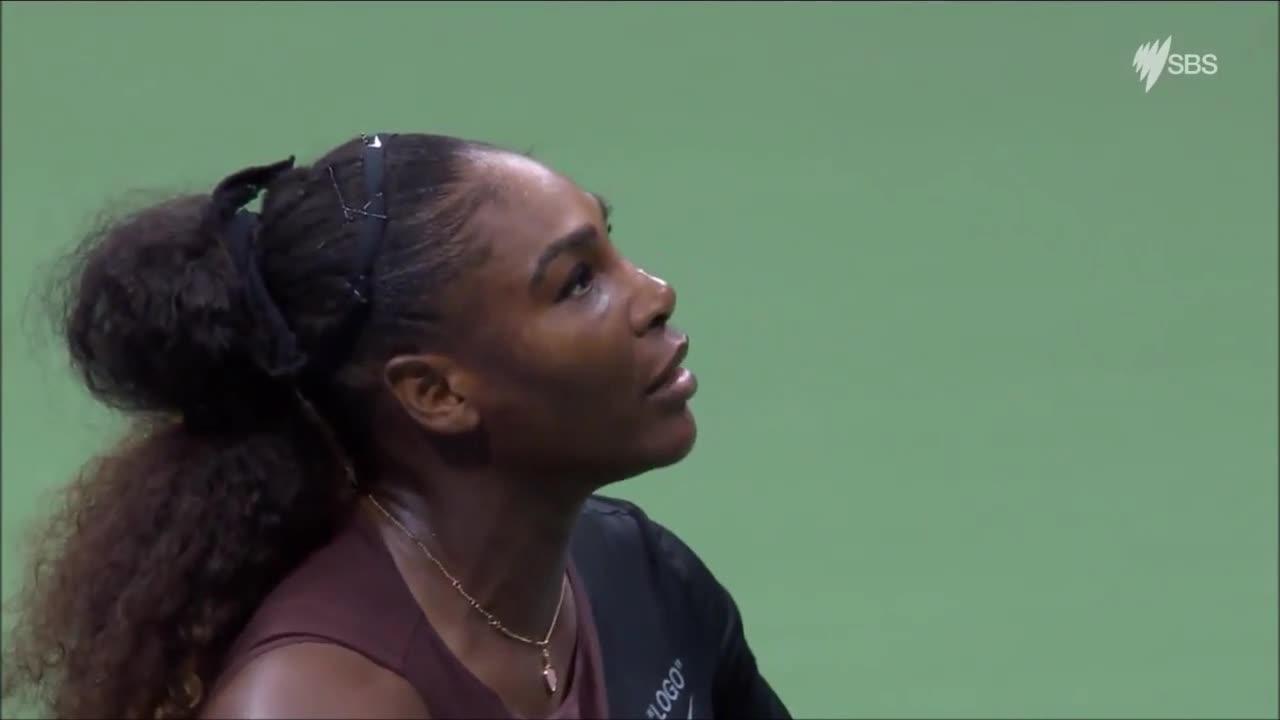
Serena Williams loses the plot in staggering US Open Final tirade
Before the 20-year-old was handed the trophy, Williams pleaded with the crowd to stop booing and congratulate Osaka, the first player from Japan to win a Major title in the Open Era and first from Asia to do so since Li Na saluted at the 2014 Australian Open.
In the immediate aftermath, worldwide opinion was largely divided, with Williams claiming the violations she copped wouldn’t have happened in the men’s game, while many claimed she was the victim of sexism and that her behaviour was “embarrassing”.
Former tennis greats, including 2003 men’s champion Andy Roddick and former world number one Victoria Azarenka, also questioned the decision to penalise Williams.
Former women’s world number one Ana Ivanovic stayed away from the controversy though, praising Osaka for her performance during the match and commending Williams for being the champion she is.
There was far less controversy in the men’s championship decider, but what was being touted as a classic proved to be anything but, with Novak Djokovic defeating Juan Martin del Potro in straight sets to take out his third US Open title and 14th Major title overall.
Both men entered the match in very good form, having lost just three sets between them: del Potro in the quarter-finals against John Isner and Djokovic in his first two matches against Marton Fucsovics and Tennys Sandgren.
The Serb couldn’t have been more impressive in his semi-final victory over Kei Nishikori, while the Argentine advanced after defending champion Rafael Nadal was forced to retire from their clash due to a knee injury.
But despite the straight-sets scoreline, the Djoker was made to work hard for the victory, which came in three hours and fifteen minutes – some two hours more than the average time it takes for a man to win a Grand Slam match in straight sets.
The pivotal moment came in a lengthy 20-minute game during the second set, in which del Potro, who was attempting to add to the 2009 title he won by upsetting Roger Federer in the final, had three opportunities to break, only for the Argentine to squander each chance.
Eventually, the Serb took the second set, which took an hour and 35 minutes, in a tiebreak, to go two sets up.
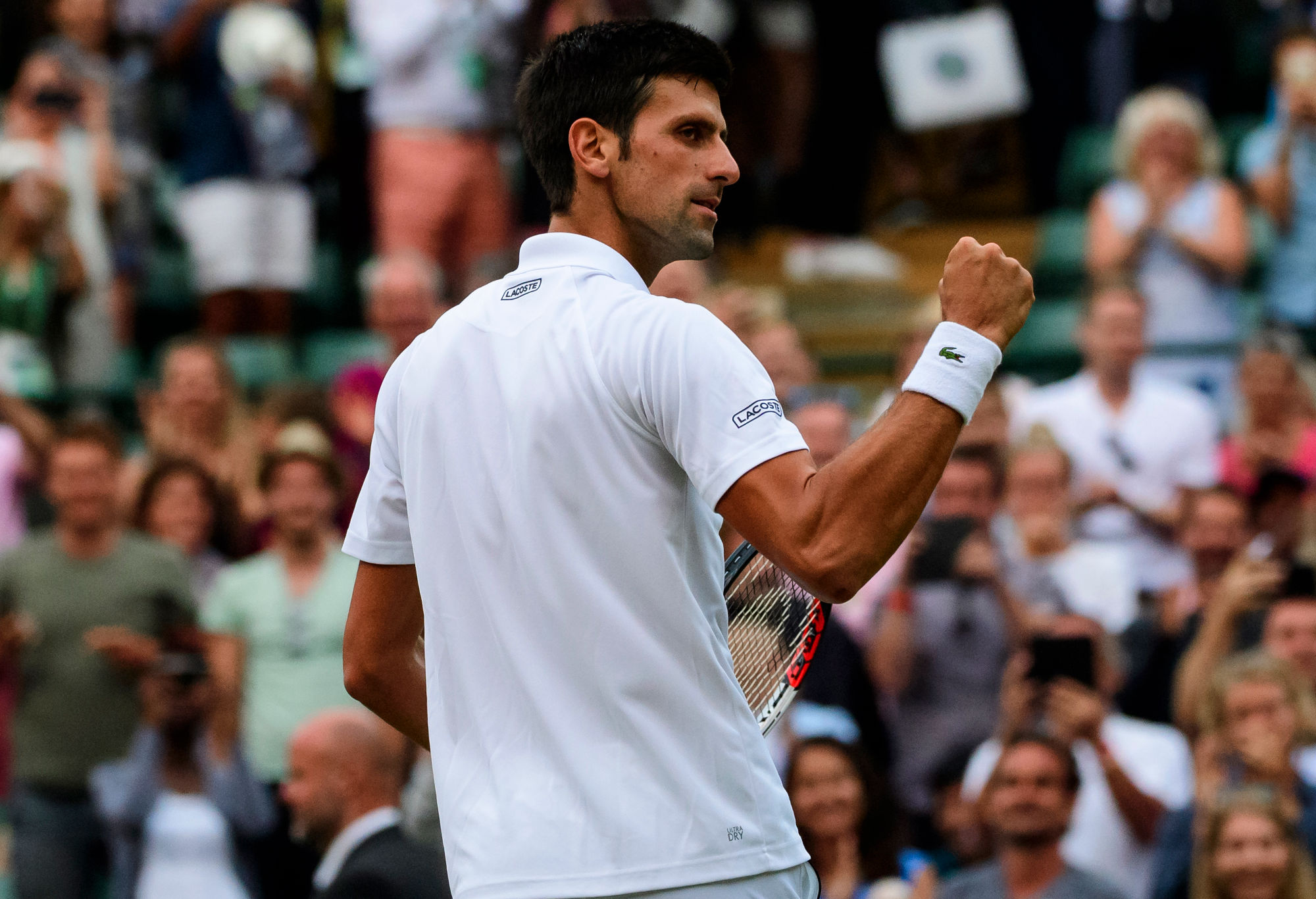
Novak Djokovic of Serbia (Photo by TPN/Getty Images)
If del Potro was going to win his second US Open title, then he would have had to emulate the effort of his countryman, Gaston Gaudio, who came from two sets to love down to upset his highly favoured opponent, Guillermo Coria, in five sets in the final of the 2004 French Open to win his only Major title.
The task became tougher after Djokovic broke for a 3-1 lead in the third set, but the Argentine would break back to make it 3-all, before the Djoker took the final three games of the match to return to the champions’ dais at Flushing Meadows after three years.
It was also his second consecutive Grand Slam title this year, after having saluted at Wimbledon in July. His 14th Major title also sees him join Pete Sampras on as many titles, and trail only Roger Federer (20) and Rafael Nadal (17) on the Grand Slam leaderboard.
This means the most celebrated trio in men’s tennis have now won over 50 Major titles between them.
Having arrived at the All England Club ranked outside the world’s top 20, Djokovic will return to world number three, only behind Nadal and Federer, while Juan Martin del Potro drops to number four, even though he went one step better than his semi-final effort last year.
It also marks the first time since 2015 that Nadal, Federer and Djokovic have occupied the top three places in the world rankings, and marks a return to order in men’s tennis, the trio having now won the last eight Major titles between them (Federer and Nadal with three each, and Djokovic the last two).
As for del Potro, while the defeat marked a disappointing end to his tournament, just to make another Major final after several years battling persistent wrist injuries was still a victory in itself.

Argentina’s Juan Martin del Potro (AP Photo/Christophe Ena)
After he won the 2009 title in stunning fashion, thrashing Nadal in the semi-finals and upsetting five-times defending champion Federer in the final, it looked like he had the whole world at his feet.
Unfortunately, the first of his injury woes surfaced soon after, a left wrist injury sidelining him for the majority of the 2010 season and seeing his ranking plummet to #485 by February 2011.
Then, just as he was about to put some solid tennis together, as evidenced by him winning the Bronze Medal at the 2012 London Olympics and reaching the semi-finals at Wimbledon in 2013, disaster struck again, this time to his right wrist, resulting in the Argentine taking another two years off to recuperate.
Another comeback followed, in which he won the Silver Medal at the 2016 Rio Olympics, reached the semi-finals of the US Open in 2017 and claimed his maiden Masters 1000 title at Indian Wells earlier this year.
Losing to Djokovic is no shame, so del Potro should be proud of what he has achieved this year, in particular all the hard work he has put in to get back to where he should be – in the world’s top four and at the top of his game as his 30th birthday looms.
Men’s championship result: [6] Novak Djokovic (SRB) defeated [3] Juan Martin del Potro (ARG) 6-3, 7-6 (7-4), 6-3.
And that’s all she wrote at the 2018 US Open, with Novak Djokovic and Naomi Osaka claiming the men’s and women’s singles titles respectively.
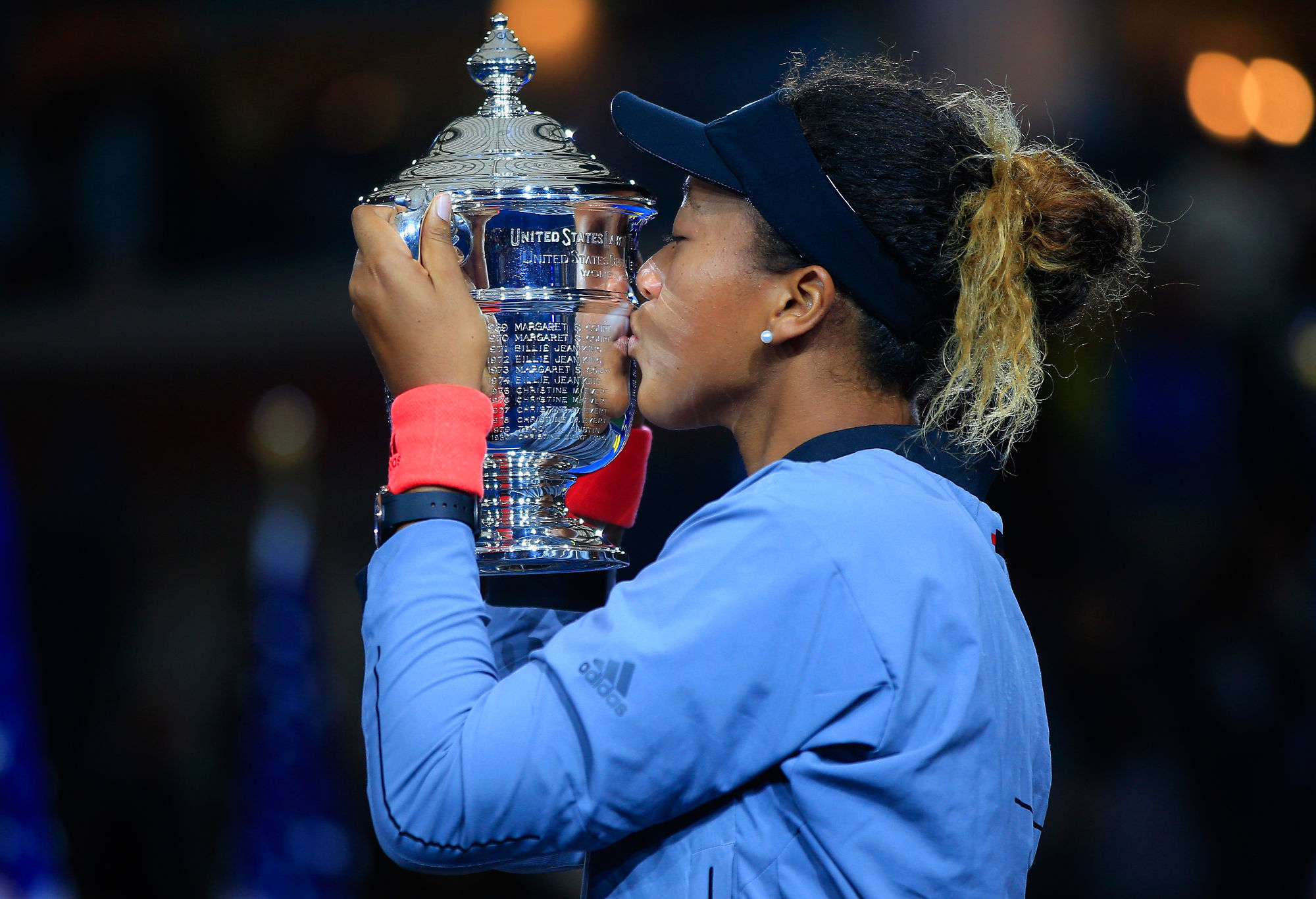
Naomi Osaka of Japan (Photo by Chris Trotman/Getty Images for USTA)
It was also the final Major tournament to be played with 32 seeds (for now) as, effective from next January’s Australian Open, only the world’s top sixteen in both the men’s and women’s divisions will be seeded.
This means that the 17th-best player could strike the top seed in the first round, potentially creating some excitement among early matches, and that the first matches between seeds won’t come until the fourth round at the absolute earliest.
Therefore, those ranked in the latter part of the teens will want to ensure they finish the year ranked 16th or higher, or risk being unseeded at Melbourne Park in four months’ time.

































































































